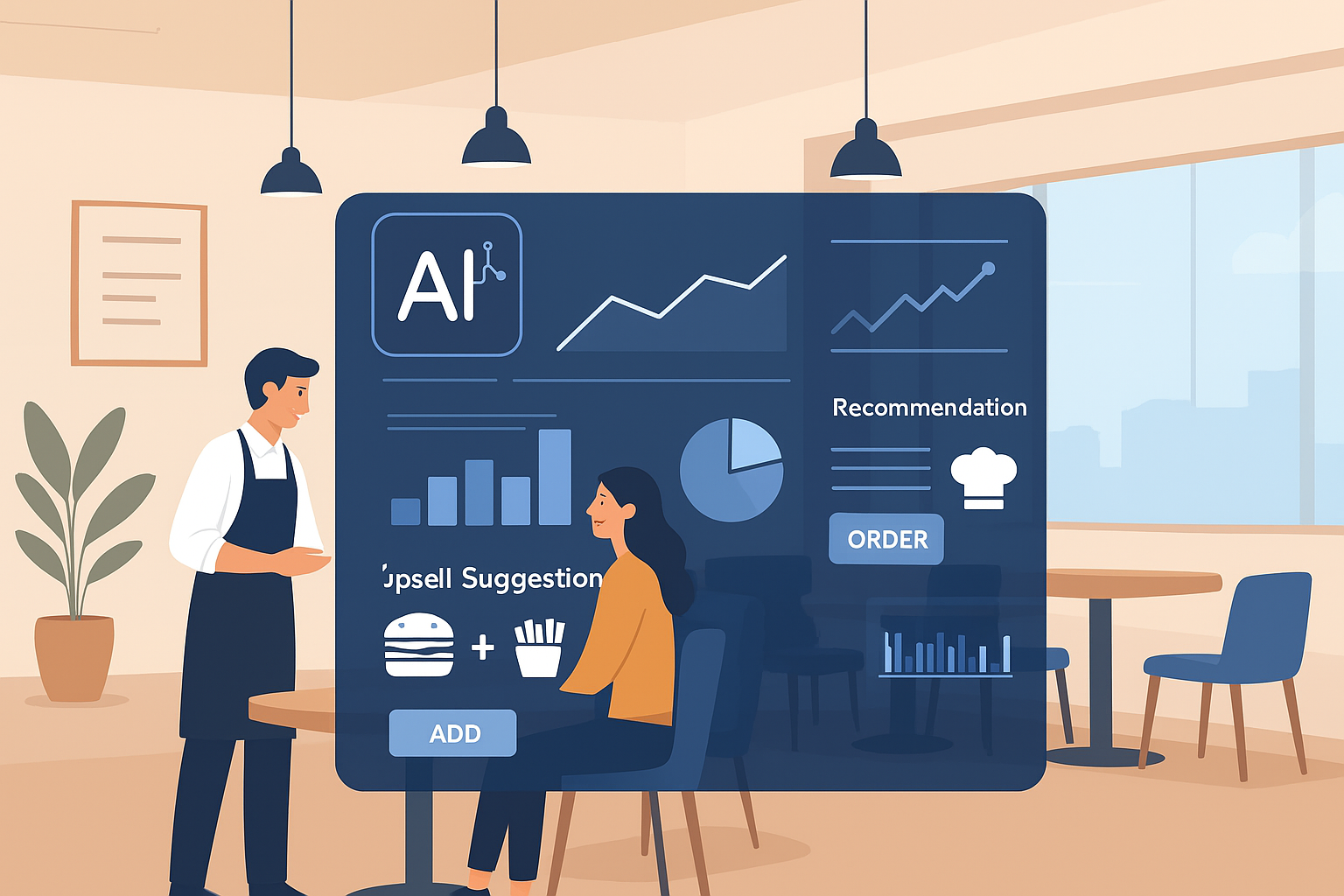6 Key Customer Loyalty Performance Indicators For Takeaway Quick Food Kiosks
In the bustling F&B landscape of Singapore, where convenience and quality converge, takeaway quick food kiosks play a vital role in satisfying the cravings of busy patrons on the go. For these establishments, cultivating customer loyalty is essential for sustaining success and fostering growth. However, measuring the effectiveness of loyalty initiatives requires a comprehensive understanding of key performance indicators (KPIs) tailored to the unique dynamics of takeaway quick food kiosks. Here, we delve into six essential KPIs that serve as benchmarks for assessing customer loyalty in this niche segment.
Membership System Engagement
A robust membership system forms the foundation of customer loyalty for takeaway quick food kiosks. Track the level of engagement with your membership program by monitoring metrics such as the number of sign-ups, frequency of member visits, and participation in exclusive promotions or rewards. A growing and active member base indicates the effectiveness of your loyalty initiatives in incentivizing repeat patronage.
Repeat Purchase Rate
Measure the percentage of customers who make repeat purchases from your takeaway quick food kiosk within a specific timeframe. Analyze data from your CRM system to identify patterns and trends in customer behavior, such as purchase frequency and order preferences. A high repeat purchase rate signifies strong customer loyalty and validates the appeal of your offerings.
Average Order Value (AOV)
Assess the average amount spent by customers per transaction at your takeaway quick food kiosk. Monitor changes in AOV over time to gauge the impact of loyalty incentives, promotions, or menu enhancements on customer spending behavior. An increase in AOV suggests that customers are more inclined to make additional purchases or upgrade their orders, reflecting positively on the effectiveness of your loyalty strategy.
Redemption Rate of Loyalty Rewards
Evaluate the rate at which customers redeem loyalty rewards earned through your membership system or loyalty solution. Analyze redemption patterns to determine which rewards are most popular among customers and whether certain incentives drive higher redemption rates. A higher redemption rate indicates that your loyalty rewards are perceived as valuable incentives, motivating customers to return and redeem their rewards.
Customer Satisfaction Scores
Solicit feedback from customers regarding their satisfaction levels with their experience at your takeaway quick food kiosk. Utilize customer satisfaction surveys or ratings collected through your CRM system to measure overall satisfaction, as well as specific aspects such as food quality, service efficiency, and cleanliness. Consistently high satisfaction scores indicate strong customer loyalty and reflect positively on your brand reputation.
Net Promoter Score (NPS)
Assess customer loyalty and advocacy through the Net Promoter Score (NPS), which measures the likelihood of customers to recommend your takeaway quick food kiosk to others. Calculate NPS based on responses to the question, "How likely are you to recommend us to a friend or colleague?" Segment respondents into promoters, passives, and detractors to gain insights into customer sentiment and loyalty. A high NPS signifies a loyal customer base that is likely to advocate for your kiosk, driving word-of-mouth referrals and organic growth.
In conclusion, tracking these six key customer loyalty performance indicators provides takeaway quick food kiosks in Singapore with valuable insights into the effectiveness of their loyalty initiatives and the overall health of their customer relationships. By leveraging data from membership systems, CRM platforms, and feedback mechanisms, kiosk operators can refine their strategies, enhance customer loyalty, and position themselves for sustained success in the competitive F&B landscape.
Minty
Besides providing information sharing articles like these to value add F&B owners in Singapore, Minty is also a CRM/loyalty management solution/membership system that is build and design for F&B businesses in Singapore. If you are looking to grow your F&B member base effectively, WhatsApp us or click here to send an enquiry on our loyalty membership system!
Interested in a CRM Based POS System, QR ordering or a standalone CRM membership system?
Send an Enquiry!
You might also like



